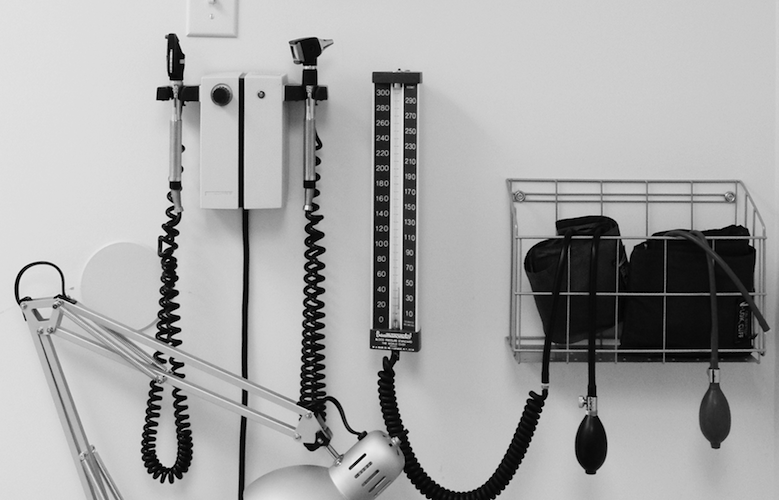Group purchasing organizations (GPOs) are like a healthcare marketplace exchange for healthcare organizations: by banding together and buying in mass quantities through a third-party intermediary, healthcare organizations can save money on medical supplies, equipment and drugs. GPOs can collect fees for operating revenue, so long as they meet the requirements of the Anti-Kickback statute of the Social Security Act. They’ve played a key part in the healthcare supply chain for decades, and there are now hundreds of GPOs, “affiliates” and co-operatives that operate on these principles.
However, as the Department of Health and Human Services increasingly looks to cut the fiscal fat from the healthcare system, GPOs are not immune to scrutiny.
GPOs say they remain vital, offering “a broad and more creative menu of products and services for their member clients to purchase, while deepening their efforts to evaluate and make available relevant new innovative technologies,” according to one report. The result is cost savings attainable through group purchasing through better leverage with manufacturers.
Another recent GPO industry report found that GPOs offer comprehensive integrated services to their customers, such as supply chain analysis and services, private-label programs (such as own-brand items in grocery stores) and benchmarking data that actually help save money for healthcare organizations. These efficiencies are passed on to the healthcare system at large, according to the report, resulting in lower costs that can be passed on to patients.
But they acknowledge the health sector is changing towards a focus on value-based purchasing, streamlined services and quality care. And that’s why the U.S. Government Accountability Office (GAO) recently carried out a review of GPO practices. The key findings:
- The Federal Trade Commission has not initiated enforcement actions directed at GPO conduct for over 10 years.
- The five largest GPOs are predominantly funded by administrative fees collected from vendors — about $2.3 billion in 2012. Some of the money from these fees is distributed among partner organizations.
- To the extent that the vendor fee-based funding structure affects prices for medical products and services, Medicare payment rates may be affected over time through the annual update to hospital payment rates, which relies, in part, on information that hospitals report to the Centers for Medicare & Medicaid Services.
- There are concerns that Medicare payments also could be affected if hospitals do not account for revenue they receive from GPOs, which they are required to report as a reduction in costs on their cost reports. However, the extent of this reporting is unknown, and has not been reviewed since 2005.
- Although a repeal of the safe harbor provision would require a clearer understanding of the impact of the GPO funding structure on costs, hospitals’ potential underreporting of administrative fee revenue presents an immediate risk that can be addressed within the current GPO funding structure.
It is therefore critical that supply-pricing transparency be taking more seriously than ever: the Department of Health and Human Services (HHS) is going to be looking at whether hospitals are appropriately reporting administrative fee revenues. Practices, hospitals, surgical centers and the like should take care to offer up the information before they’re asked. HHS and CMS are keen to find more ways to save within the Medicare program, and under-reporting will be addressed. Hiding GPO-related revenues will only make life more difficult for healthcare facilities — and will negate the significant financial and operational benefits of joining a GPO in the first place.



